Researchers build the first biocomputers from heart cells and demonstrate their ability to perform complex computational tasks.
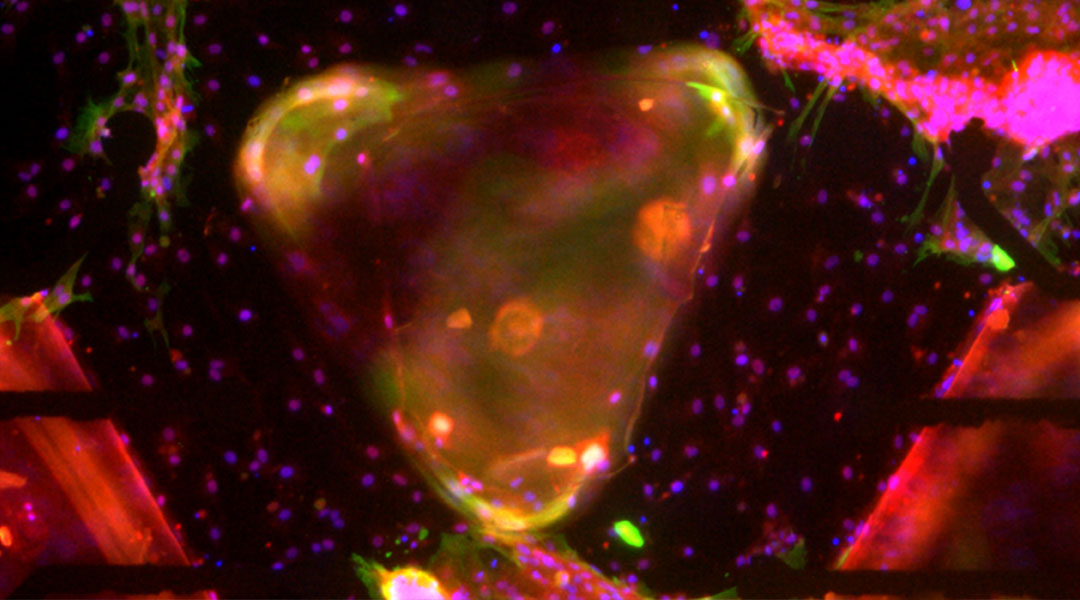

Researchers build the first biocomputers from heart cells and demonstrate their ability to perform complex computational tasks.
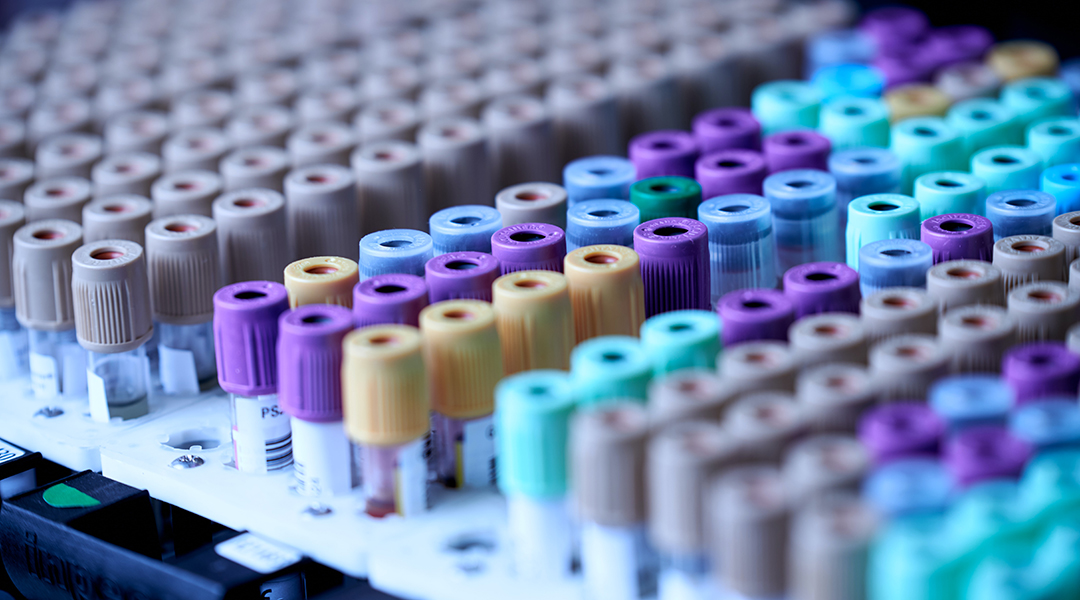
The first digital CRISPR/Cas‐assisted assay that can detect SARS‐CoV‐2 in under 30 minutes.
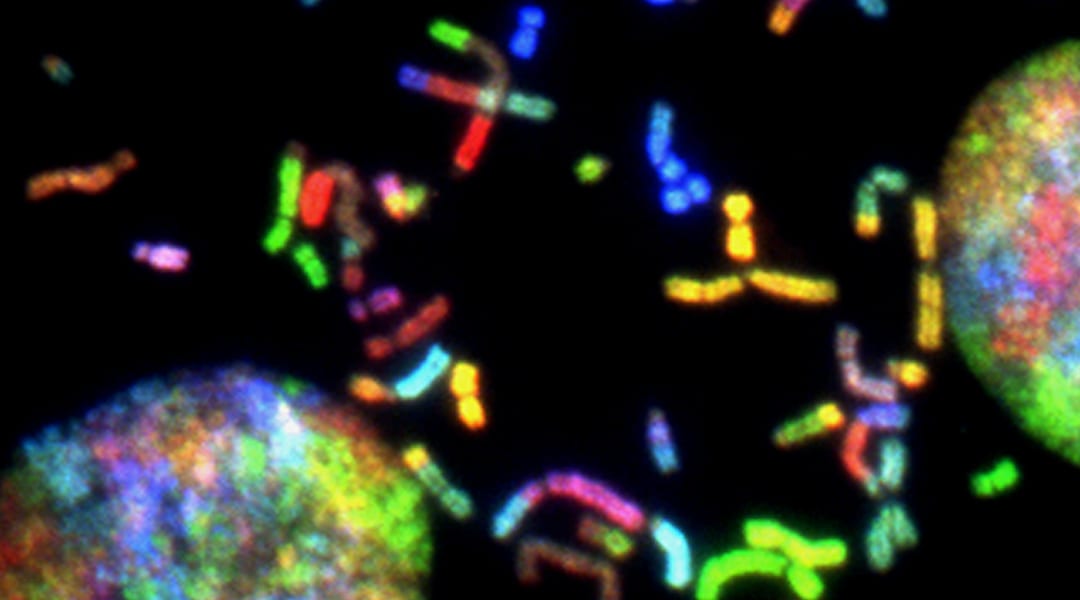
A new computational technique allows researchers to model biological processes with better accuracy and at a lower computational cost.
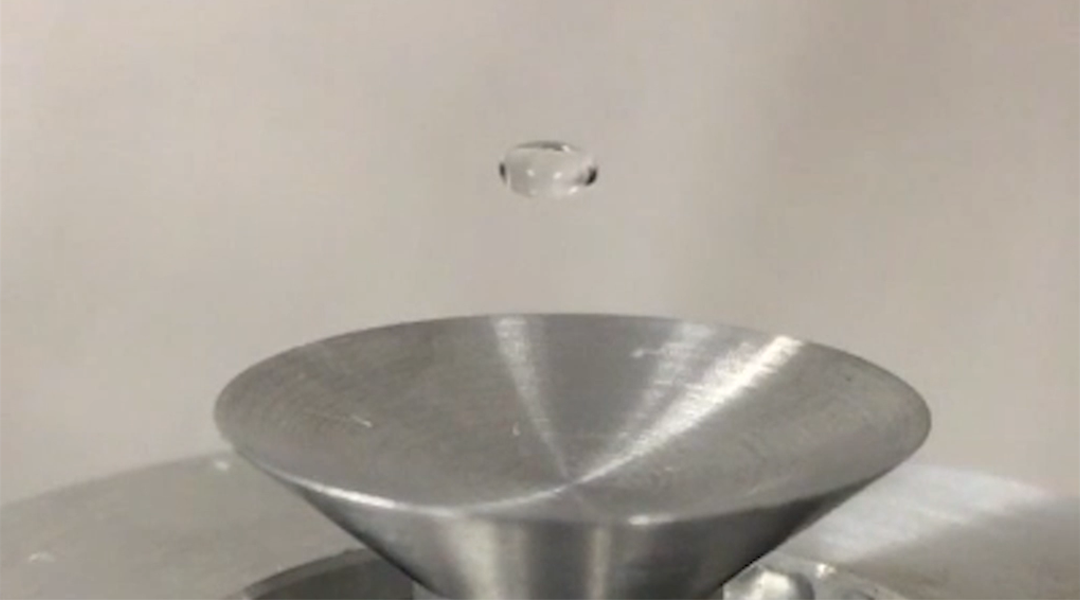
Using ultrasonic standing waves, researchers levitate droplets of solvent, which can be used for chemical reactions.
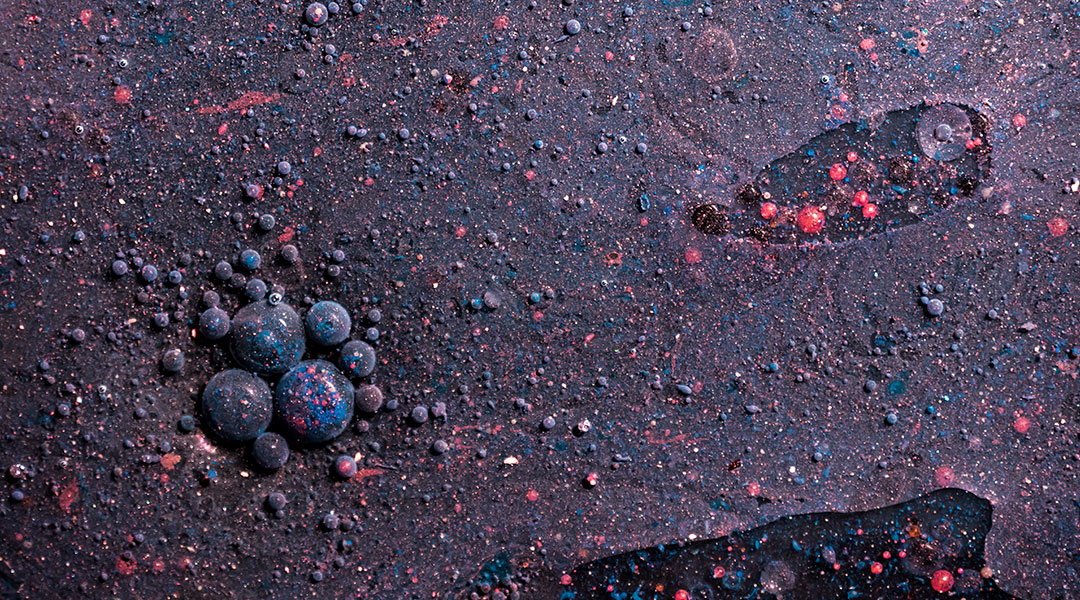
A new hypothesis explores how potassium came to be the dominant biological cation.
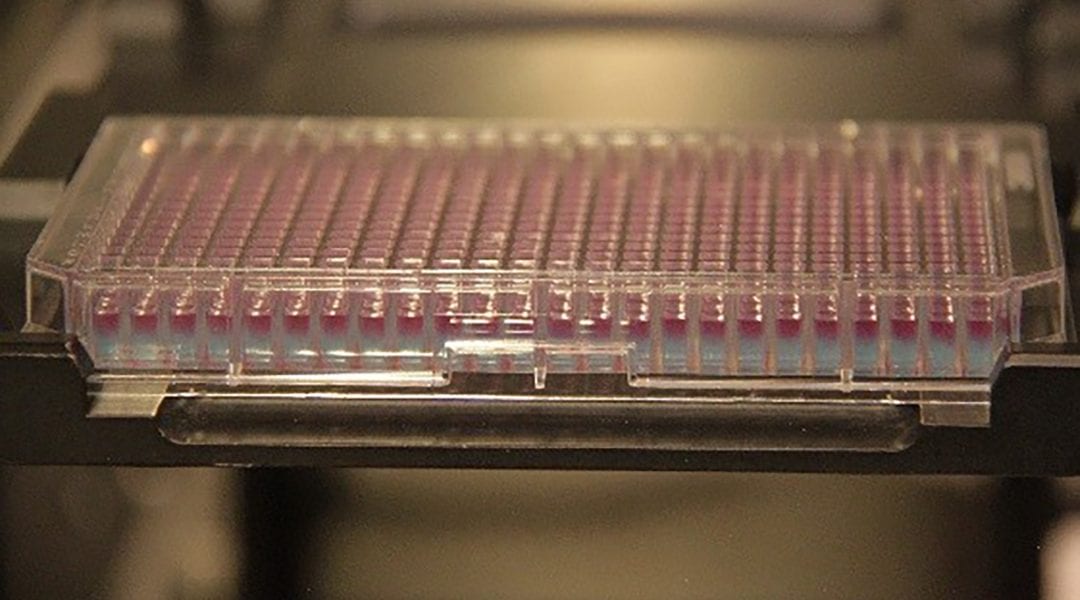
A temperature-responsive, porous hydrogel enables more efficient and sustained protein synthesis.
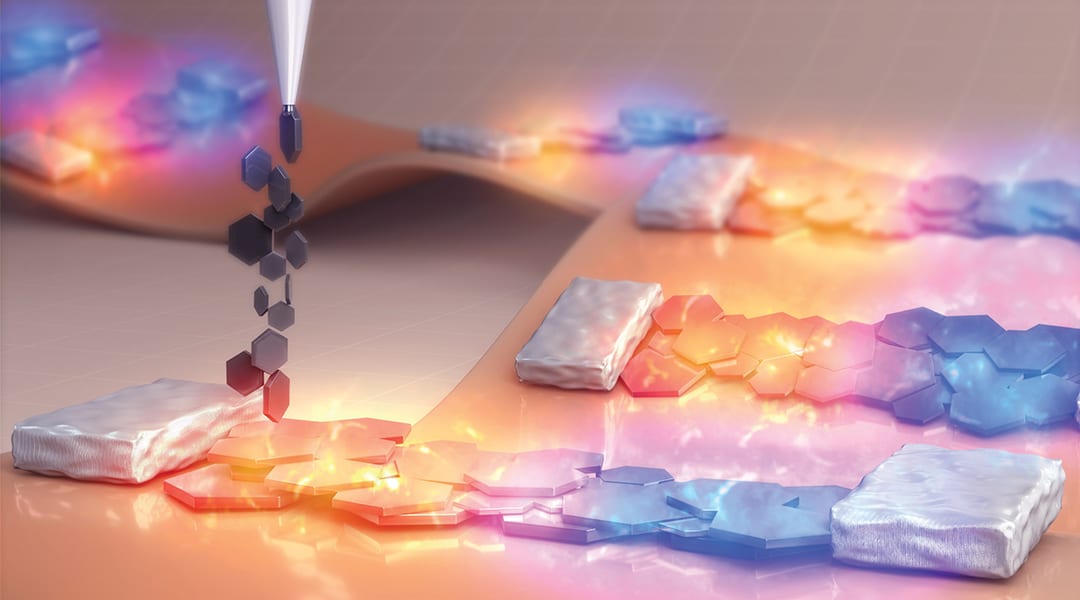
A simple approach to create high performance thermoelectric materials, which would allow one to turn their body heat into electricity.
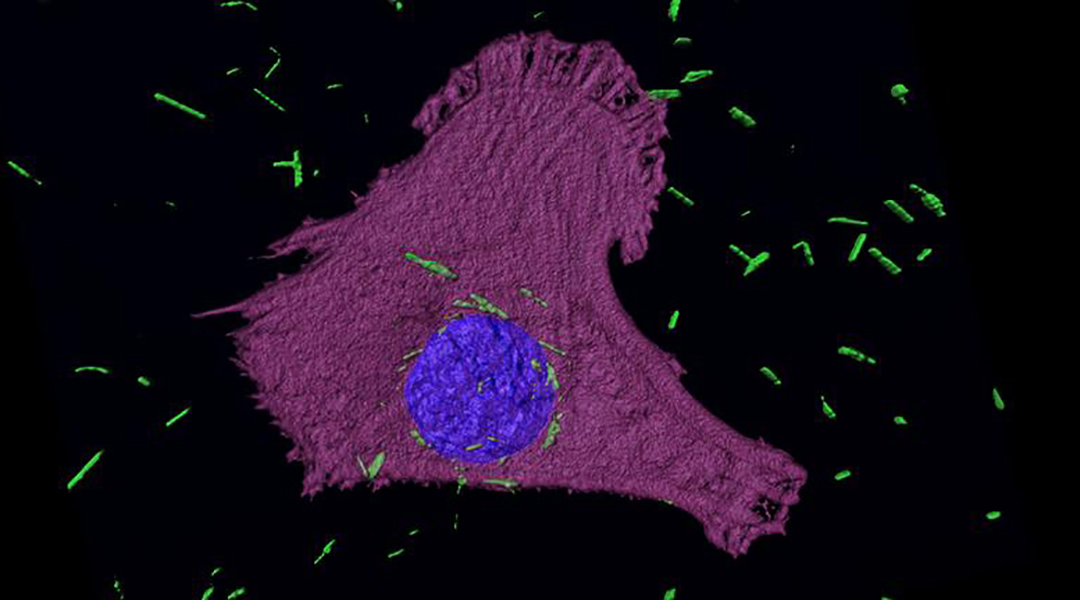
Researchers create a method to fine tune the properties of nanoparticles, making them a promising treatment for cancer.
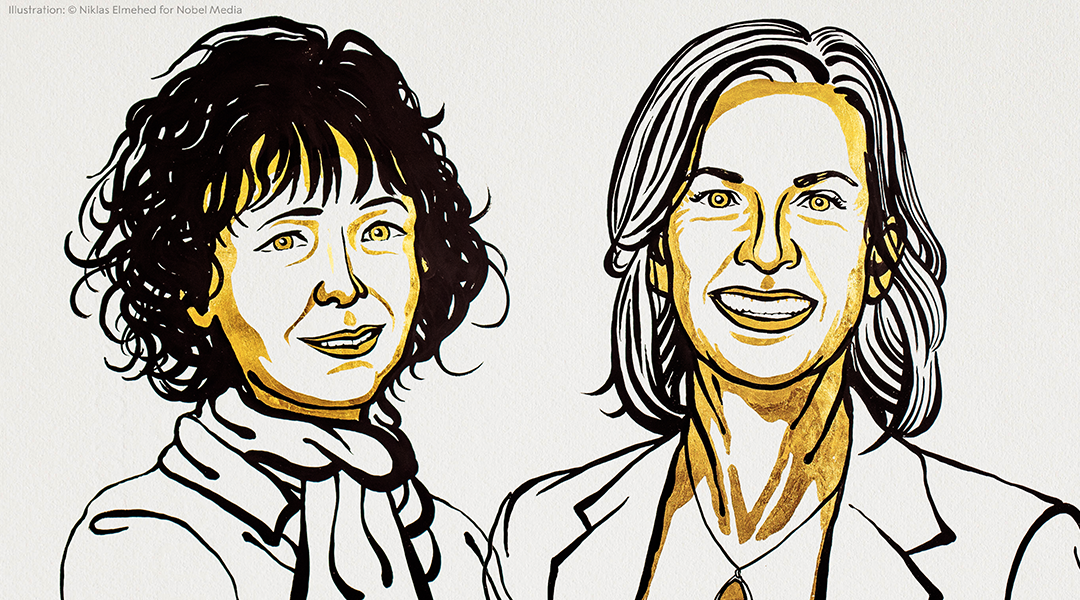
For the first time, two women share the Nobel prize for chemistry. Their work with CRISPR helped usher in a new generation of precision genome editing.
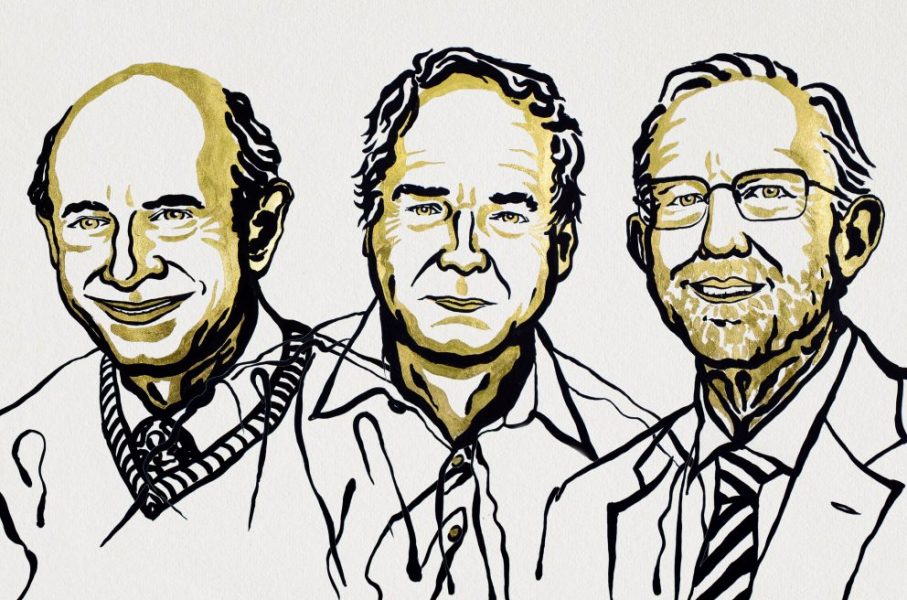
This year’s Nobel Prize in Physiology or Medicine recognizes the achievements made in identifying and treating hepatitis C.